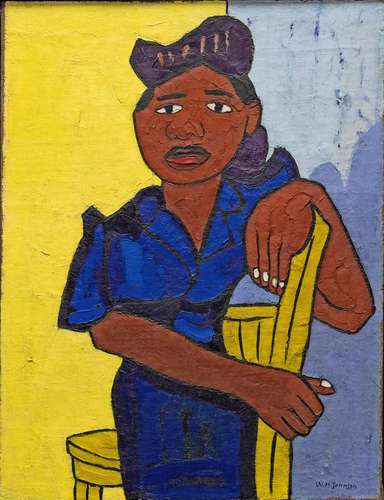New York., Portraits, urban scenes, photographs or literature of the artistic movement that emerged from the black diaspora of the rural and segregated South of the United States in the first half of the 20th century will be exhibited from February 25 to July 28, 2024 at the Metropolitan Museum of New York (Met).
Through some 160 works from traditionally black universities and American and European foundations and museums, the exhibition The Harlem Renaissance and Transatlantic Modernism will offer a broad overview of what was the first African-American-led international modern art movement.
It is, according to the museum, a pioneering and fundamental period within the art of the 20th century
.
The epicenter of this movement was located in the popular neighborhood of Harlem, in New York, and in the South Side, of Chicago, and in other cities of the country after the Great Migration that arose in the 1920s-1940s of African-Americans fleeing the rural and segregated south in search of freedom in cities of the liberal and open north.
This landmark exhibition reframes the Harlem Renaissance, cementing its place as the first African-American-led international modern art movement
explains the director of the museum, Max Hollein, in a statement.
The sample underlines the fundamental role of movement in shaping the representation of the modern black subject and the very fabric of early 20th century modern art
adds Hollein.
The exhibition will explore from the philosophy that shaped what Howard University professor Alain Locke defined as New Negro, movement of art and literature, going through the artists who shared the commitment to represent the black subject in a radically modern way and to reject prevailing racist stereotypes
or what life was like for blacks in their new cities.
Likewise, it will review the work of black artists who lived and worked in Europe in juxtaposition with portraits of the international African diaspora made by Europeans such as Henri Matisse, Edvard Munch, Pablo Picasso, Kees Van Dogen or Ronald Moody.
One part will focus on social aspects such as identity queer, the colorism and class tensions, and interracial relations of this movement New Negro which came to an end at the height of the civil rights movement of the 1950s.
